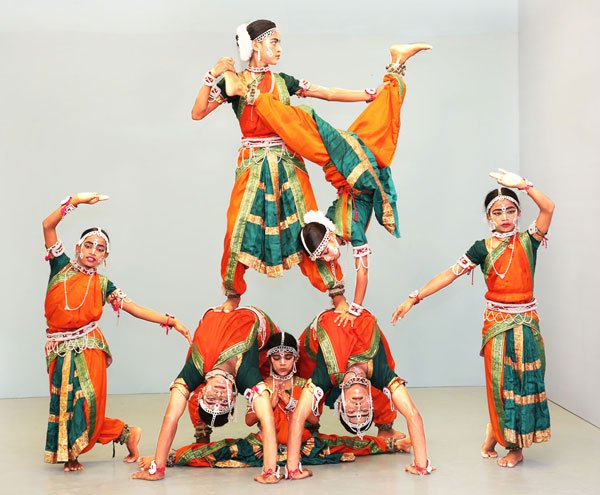What is the Gotipua dance form?
‘Goti’ means one and ‘pua’ means boy in the Oriya language. Therefore, the word Gotipua means one boy. The traditional dance forms of Hindu culture provide a channel to establish communion with God. Gotipua is one such rare form of dance. This dance form not only allows the dance to derive happiness through the art but is also conducive to bring about his spiritual progress. Boys from the age group of 6 to 15 years participate in this dance, dressed as women. In fact, this is the speciality of this dance form. A social organisation named Dashbhuja Gotipua Odisi Nrutya Parishad strives to spread this rare form of dance to the public and is making all efforts to keep it alive.
History of the Gotipua dance
Gotipua has several years of history. Odisha houses a world-famous temple of Deity Jagannath. Gotipua was devised for the worship Deity Jagannath. As per a belief, Deity Jagannath retires to take rest after the performance of this dance. Formerly this worship was being done by little girls but with passage of time their number dwindled. Thereafter, as suggested by the religious authorities, young boys continued to perform this dance as a worship, dressed as women.
Performance of the unique Gotipua dance
by Odisi dancers in Sanatan’s Ramnathi ashram in Goa
Awakening of spiritual emotion in the seekers witnessing
this rare dance form capable of establishing communion with God

Ramnathi (Goa) – Recently a dance troupe from Raghurajpur focusing on dance forms with spiritual base, performed the Gotipua dance at Sanatan’s ashram in Ramnathi, Goa. The one and half hour-long performance included depiction of the ten incarnations of Shrivishnu, story of Shrikrushna and Radha and incidents from the Mahabharat such as Draupadi vastraharan (Undraping of sari) in a distinctive way. The programme commenced with the dancers paying obeisance to various Deities by offering flowers through dance postures. This was followed by depiction of the various forms of Shrivishnu, His ten incarnations, Radha and Krushna and the ritualistic worship of Deity Shri Jagannath. Performance of this rare dance, capable of establishing communion with God, aroused spiritual emotion in the seekers witnessing it.

